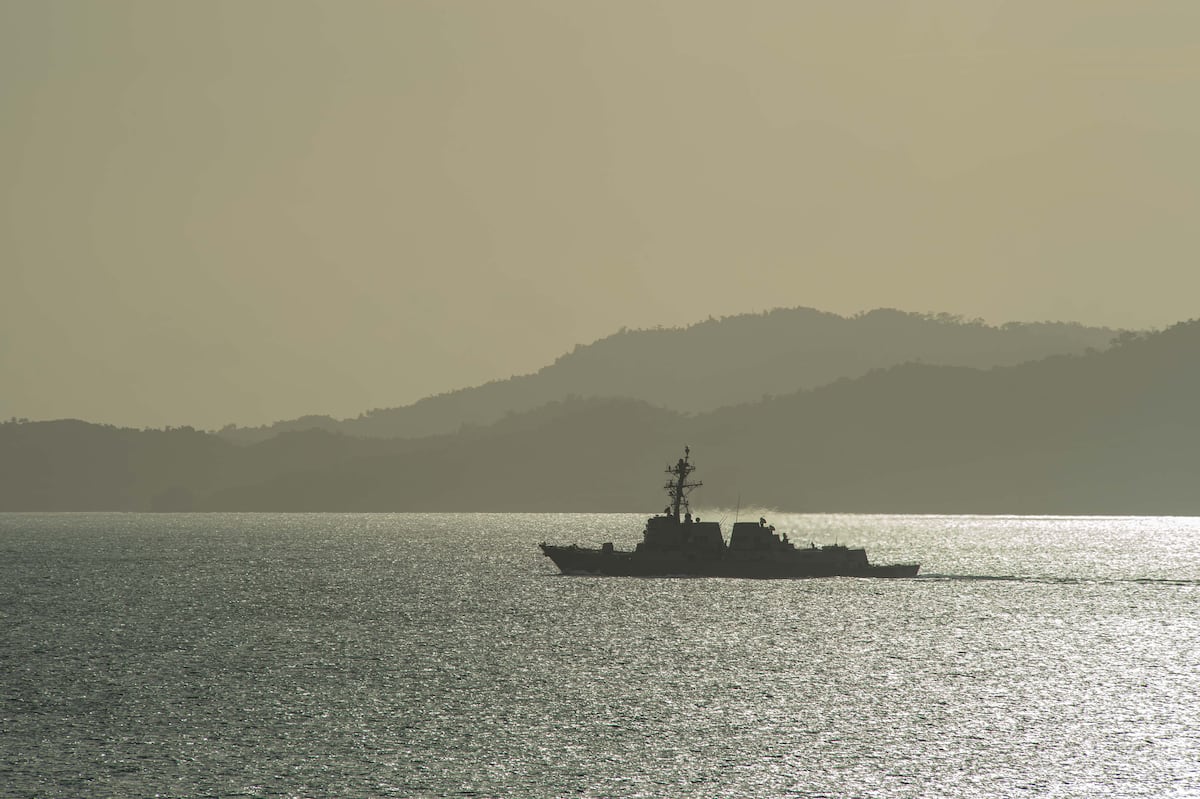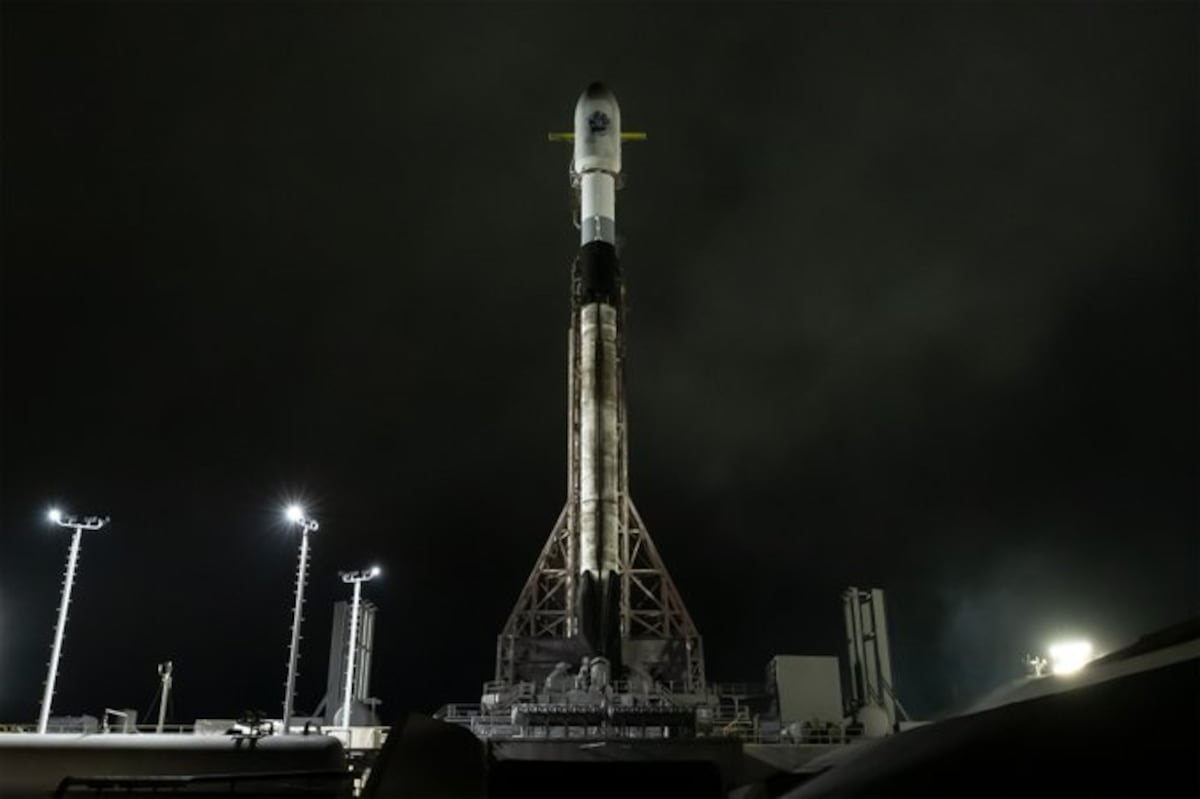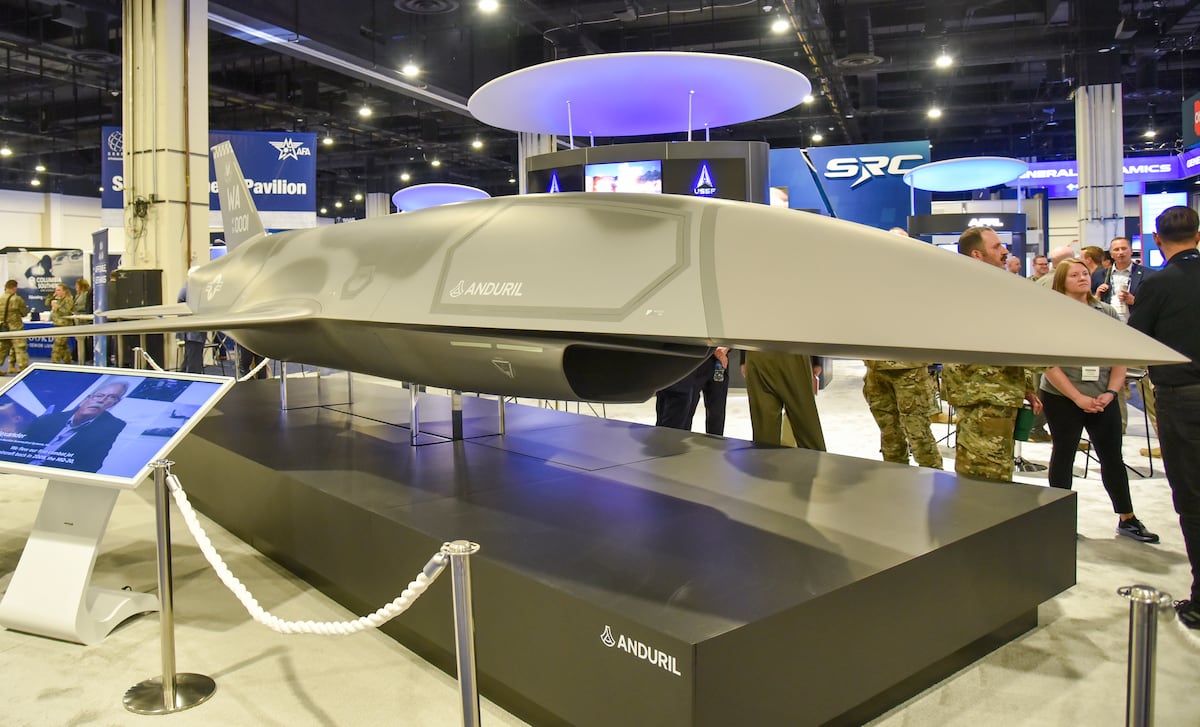MANILA, Philippines — The Philippines is ramping up its maritime defense posture with plans to establish and upgrade several naval bases in critical areas across the archipelago, including an island base under a basing agreement with the United States and a former American base in Luzon.
Defense Secretary Gilberto Teodoro told reporters last month about plans to speed up infrastructure works in Balabac Island, a joint Air Force and Navy base in the southern end of Palawan province.
The island is a “strategic location” for the country, Teodoro said, adding that the increased presence of the military there will deter potential surveillance activities in the main island of Palawan, where the government worries about suspected Chinese espionage sleeper cells.
The remote island of Balabac is located 140 nautical miles from Mischief Reef, a China-controlled island in Philippine waters.
Mischief Reef lies within the Philippines’ exclusive economic zone, a claim backed by a 2016 arbitral tribunal ruling. China has rejected the ruling and continued to militarize the features it occupied within areas in what the Philippine government calls the West Philippine Sea.
RELATED
The island base is also one of the Philippines bases under a basing agreement with the U.S., a pact which enables the U.S. to send troops on a rotation basis, preposition military assets, and funnel funds to support base upgrades.
The broader basing agreement encompasses a total of nine Philippine military sites: six Air Force bases, two Army bases, and one Navy base located in northern Luzon.
Aside from Balabac, the Navy is pursuing the construction of additional bases across the archipelago.
The plan comes amid regional tensions in the South China Sea, where Navy sailors have faced harassment from Chinese fleets, and as the Navy acquired warships to enhance external defense capabilities.
The Strategic Basing Plan initiative, set to materialize in 2040, aims to enhance the Navy’s presence in key maritime corridors and to upgrade the infrastructure at current bases to accommodate both existing and incoming fleets.
The bases are “not only for the new ships but also for the old ones,” Rear Adm. Roy Vincent Trinidad, spokesperson for the West Philippine Sea and Inspector General of the Navy, told Defense News.
The Philippines has enhanced its naval forces in recent years by acquiring frigates, offshore patrol vessels, sealift vessels, fast attack crafts, radars, and missile systems. The Navy is also set to receive additional corvettes from South Korea.
“We want to look at other areas where we can base our ships,” he said. “But the larger goal is to be able to have a stronger naval footprint in that part of the country,” Trinidad said.
The Navy plans to establish 28 forward operating bases or small Navy outposts in strategic locations near the West Philippine Sea and the Philippine Rise in the country’s northeast, which has seen increased incursions from Chinese research vessels since last year.
Among the largest projects are the naval base in Subic Bay and the naval support base in Mindanao, Trinidad said.
Plans to convert these areas were confirmed during the Navy’s 127th anniversary ceremony in May wherein President Ferdinand Marcos Jr. announced the upcoming groundbreaking at Naval Station Nabasan.
This will be followed by Chiquita and Grande Islands in Subic Bay, he said.
These areas are located across the Agila Subic Shipyard, formerly the Hanjin shipyard, which in 2022 was acquired by U.S. private equity firm Cerberus Capital Management.
Like Palawan, the islands made headlines in March after authorities captured and detained Chinese and Filipino nationals suspected of espionage based on these islands.
Meanwhile, the naval support base in Natividad, Misamis Oriental province in Mindanao, is expected to accommodate ships from Sangley Point.
“For now, these areas will be declared military reservation camps, and then later developed as naval bases,” Trinidad said, adding that they are only waiting for the presidential proclamation documents to come out.
Improvements are being made at the existing bases, including enhancements to Naval Base Rafael Ramos in Cebu, which will accommodate the frigates and sealift vessels.
To further streamline the country’s external defense strategy, the military is exploring joint basing between the Navy and the Air Force, Trinidad said.
“This is the thrust of the [Department of National Defense]… bases do not need to be exclusive. It would be good for us on the resource management side to do joint basing rather than developing our bases individually,” Trinidad said.
Leilani Chavez is an Asia correspondent for Defense News. Her reporting expertise is in East Asian politics, development projects, environmental issues and security.
Read the full article here








Leave a Reply